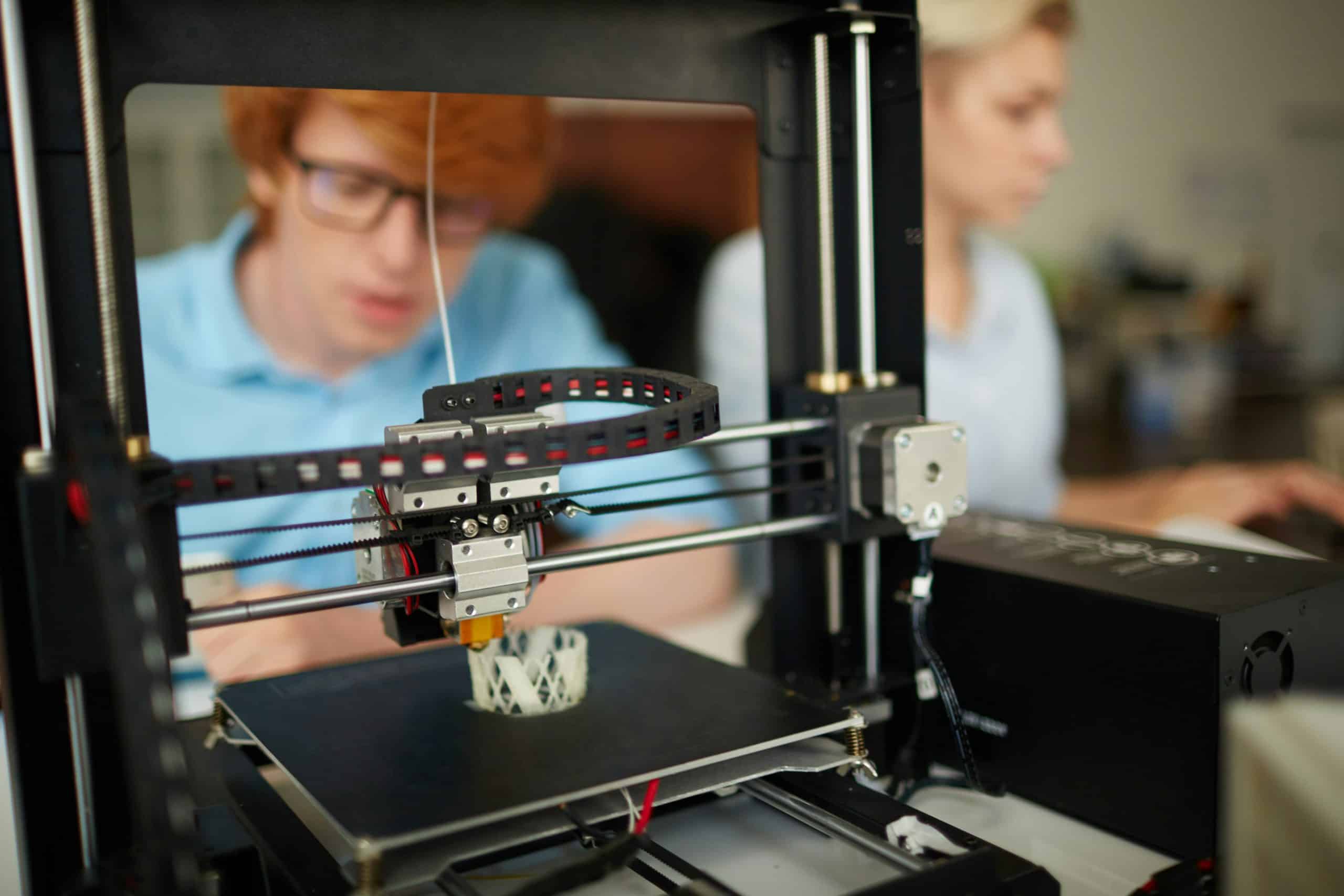The UK’s aerospace industry is a cornerstone of the nation’s economy, driving technological innovation and providing high-skill jobs. As the sector continues to evolve, ensuring the reliability and safety of aircraft remains a top priority. Traditional maintenance strategies, while effective, are often reactive and can lead to unexpected downtimes and increased operational costs. This is where Artificial Intelligence (AI) steps in, offering transformative solutions that can significantly enhance predictive maintenance strategies. In this article, we will explore how AI can revolutionize maintenance practices in the UK’s aerospace industry.
The Imperative of Predictive Maintenance in Aerospace
Predictive maintenance is not a new concept, but its application in the aerospace industry is increasingly critical. The sector relies heavily on the timely maintenance of complex machinery and systems to prevent failures and ensure safety. Unlike traditional maintenance methodologies, predictive maintenance aims to foresee and address issues before they manifest, minimizing downtime and optimizing operational efficiency.
Also read : How Can Chatbots Enhance Customer Service in the UK Telecom Industry?
Traditional vs. Predictive Maintenance
Traditional maintenance approaches typically fall into two categories: reactive and preventive. Reactive maintenance involves repairing parts after a failure has occurred, which can lead to significant downtime and unplanned outages. On the other hand, preventive maintenance is scheduled based on time or usage intervals, regardless of the actual condition of the equipment. While preventive maintenance can mitigate some risks, it often leads to unnecessary part replacements and maintenance activities.
In contrast, predictive maintenance leverages data analysis to predict when equipment is likely to fail. By doing so, it allows maintenance teams to address issues precisely when needed, avoiding the pitfalls of both reactive and preventive methods. This is where AI plays a pivotal role, enabling more accurate and timely predictions.
Also to see : How Can UK Universities Use AI to Streamline Research Data Management?
The Role of AI in Predictive Maintenance
AI technology has the potential to transform predictive maintenance in the aerospace industry by analyzing large volumes of data from various sources, including sensors, historical maintenance records, and real-time operational data. Through machine learning algorithms and advanced analytics, AI can identify patterns and anomalies that indicate potential failures. This data-driven approach allows for more precise maintenance schedules, reducing the likelihood of unexpected downtimes and enhancing overall operational efficiency.
Enhancing Data Collection and Analysis
Central to the effectiveness of AI-driven predictive maintenance is robust data collection and analysis. The aerospace industry generates vast amounts of data from numerous sensors embedded in aircraft systems. This data, when aggregated and analyzed, provides invaluable insights into the health and performance of critical components.
Advanced Sensors and IoT Integration
The integration of Internet of Things (IoT) devices and advanced sensors in aircraft systems is a game-changer for data collection. These sensors continuously monitor various parameters such as temperature, pressure, vibration, and more. By leveraging IoT technology, this data is transmitted in real-time to centralized systems where AI algorithms can process and analyze it.
For instance, vibration sensors can detect early signs of wear and tear in engine components, while temperature sensors can alert maintenance teams to overheating issues before they escalate. The continuous flow of data ensures that potential issues are identified and addressed promptly, significantly reducing the risk of in-flight failures.
Big Data and Machine Learning
The sheer volume of data generated by aerospace systems necessitates the use of big data technologies to handle and process it effectively. Machine learning algorithms excel at sifting through massive datasets to identify patterns and correlations that may not be evident to human analysts. These algorithms learn from historical data, improving their predictive accuracy over time.
For example, by analyzing years of maintenance records and operational data, AI can predict the remaining useful life of components with high precision. This enables maintenance teams to plan interventions more effectively, ensuring that parts are replaced only when necessary, thereby optimizing maintenance costs and reducing waste.
Predictive Maintenance Applications in Aerospace
The application of AI-driven predictive maintenance in the aerospace industry is already yielding significant benefits. From improving safety to reducing operational costs, AI is proving to be a valuable asset in maintaining the high standards required in aviation.
Enhanced Safety and Reliability
Safety is paramount in the aerospace industry, and predictive maintenance plays a critical role in ensuring it. By predicting potential failures and addressing them proactively, AI helps prevent catastrophic events that could endanger lives. For instance, AI algorithms can detect subtle changes in engine performance that may indicate an impending failure, allowing maintenance teams to intervene before the issue becomes critical.
Furthermore, AI can enhance the reliability of aircraft systems by continuously monitoring their health and performance. This continuous monitoring ensures that even minor issues are identified and rectified promptly, reducing the likelihood of in-flight malfunctions and improving overall flight safety.
Cost Savings and Operational Efficiency
The financial implications of unplanned downtime in the aerospace industry are substantial. Grounded aircraft lead to lost revenue, increased maintenance costs, and disrupted flight schedules. Predictive maintenance mitigates these risks by ensuring that maintenance activities are performed only when necessary and on a scheduled basis.
By optimizing maintenance schedules, AI helps reduce the frequency of unnecessary inspections and part replacements. This not only lowers maintenance costs but also extends the lifespan of components, contributing to significant cost savings. Additionally, improved operational efficiency means that airlines can operate more flights with fewer interruptions, enhancing profitability.
Case Studies and Real-World Examples
Several aerospace companies are already reaping the benefits of AI-driven predictive maintenance. For instance, Rolls-Royce, a leading aerospace manufacturer, has implemented AI solutions to monitor engine health in real-time. By analyzing data from thousands of engines globally, Rolls-Royce can predict maintenance needs accurately, reducing unplanned downtime and enhancing operational efficiency.
Another example is British Airways, which has integrated AI into its maintenance operations to improve aircraft reliability. By leveraging machine learning algorithms, the airline can predict and address issues before they impact flight schedules, ensuring a seamless travel experience for passengers.
Overcoming Challenges in Implementing AI
While the benefits of AI-driven predictive maintenance are clear, implementing these technologies in the aerospace industry is not without challenges. Organizations must navigate various obstacles to realize the full potential of AI.
Data Integration and Management
One of the primary challenges is the integration and management of vast amounts of data from disparate sources. Aerospace systems generate data from multiple sensors and operational systems, often in different formats. Ensuring that this data is accurately collected, stored, and processed requires robust data integration and management solutions.
Organizations must invest in advanced data infrastructure to handle the volume and complexity of the data. This includes cloud-based platforms for storing and analyzing data, as well as data governance practices to ensure data quality and security.
Skill Gaps and Training
Implementing AI-driven predictive maintenance also requires a skilled workforce capable of managing and operating these advanced technologies. There is a growing demand for professionals with expertise in data science, machine learning, and AI. Organizations must invest in training and upskilling their workforce to bridge the skill gaps and ensure effective implementation.
Regulatory Compliance and Safety Standards
The aerospace industry is highly regulated, with stringent safety standards that must be adhered to. Implementing AI-driven maintenance strategies must comply with these regulations, ensuring that the technology does not compromise safety. Organizations must work closely with regulatory bodies to develop and implement AI solutions that meet all safety and compliance requirements.
Change Management and Organizational Buy-In
Adopting AI-driven predictive maintenance requires a cultural shift within organizations. Change management plays a crucial role in ensuring that all stakeholders, from top management to maintenance teams, are aligned with the new approach. Securing organizational buy-in and fostering a culture of innovation and continuous improvement is essential for the successful implementation of AI technologies.
The integration of AI in predictive maintenance strategies holds transformative potential for the UK’s aerospace industry. By leveraging advanced data analytics, machine learning algorithms, and IoT technologies, AI enables more accurate and timely maintenance interventions. This not only enhances safety and reliability but also drives significant cost savings and operational efficiency.
While challenges exist in implementing AI-driven predictive maintenance, the benefits far outweigh the obstacles. Organizations must invest in data infrastructure, training, and change management to realize the full potential of AI. As the aerospace industry continues to evolve, embracing AI will be crucial in maintaining the high standards of safety and performance that the sector demands.
In summary, AI-driven predictive maintenance is poised to revolutionize the UK’s aerospace industry, ensuring that aircraft remain safe, reliable, and efficient. By proactively addressing maintenance needs, AI helps prevent unexpected downtimes, reduces costs, and enhances the overall operational excellence of the industry.











